What is Qualitative Research?
Qualitative research is a type of research used to explore people’s experiences, attitudes, behaviors, and motivations.
It focuses on providing insights into the underlying meaning and context of a particular phenomenon.
Purpose of Qualitative Research
Qualitative reserach gives researchers an in-depth understanding of people’s thoughts, opinions, feelings, and beliefs about a topic.
The insights obtained from this kind of approach can be used to make informed decisions. Researchers can design strategies for problem-solving in a variety of fields, including business, politics, public health, and education.
Qualitative research is often used alongside quantitative methods to provide a more comprehensive understanding of a problem.
For example, in healthcare research, qualitative data can be used to uncover underlying reasons to identify barriers to receiving treatment. By combining both qualitative and quantitative data, researchers can gain deeper insights into data. They can understand how people think and feel about the issues they face. |
Overall, qualitative research provides a unique approach to understanding complex issues and can be invaluable for informing strategies for problem-solving. It allows us to gain insights into how people behave that would otherwise remain unknown.
Different Approaches For Qualitative Research
Here are the main types of qualitative research you can use for research paper writing.
Grounded Theory
Grounded Theory is a method of inductive inquiry wherein researchers use theoretical sampling to generate hypotheses. However, these are based on an in-depth analysis of empirical data.
This method is used to explore and identify complex relationships within the data. It allows researchers to develop hypotheses and theories beyond what can be observed with a single observation.
Ethnography
Ethnography is focused on exploring cultures and social phenomena through participant observation.
Researchers conduct fieldwork in natural settings. They often ask questions from participants, while carefully observing and documenting their behaviors.
This method is well-suited to understanding social and cultural processes, such as rituals or interaction patterns.
Action Research
Action Research seeks to bring about change through active engagement with participants and stakeholders in an environment. This type of research is often used to identify issues and develop solutions for them within a particular context.
Phenomenological Research
The phenomenological method examines the lived experiences of individuals in order to better understand the phenomena experienced. This research method is often used in psychology, sociology, and education.
Narrative Research
Narrative model looks at how people tell stories to make sense of their lives and how they interact with each other. Researchers use interviews and analysis of texts to uncover the narrative themes that guide and shape people's experiences.
All these different types of qualitative research help you in conducting this kind of research properly.
Here’s a table to improve your understanding
| Approach | What does it involve? |
| Grounded theory | Researchers collect rich data on a topic of interest and develop theories inductively. |
| Ethnography | Researchers immerse themselves in groups or organizations to understand their cultures. |
| Action research | Researchers and participants collaboratively link theory to practice to drive social change. |
| Phenomenological research | Researchers investigate a phenomenon or event by describing and interpreting participants’ lived experiences. |
| Narrative research | Researchers examine how stories are told to understand how participants perceive and make sense of their experiences. |
Different qualitative research methods
Qualitative research is a valuable tool for understanding people's attitudes and behaviors. It can be used to gain deeper insights into how people think, feel, and act.
Common qualitative research methods include interviews, observations, focus groups, surveys, and secondary research.
Interviews
Conducting face-to-face interviews can be a great way of understanding an individual's experience and opinion on a particular topic.
Questions can be tailored depending on the research objectives. You can gather the information that is structured or unstructured based on the type of data being sought.
Observations
Observations involve recording detailed field notes about what has been seen, heard, or encountered. Observers should be able to identify trends and patterns in order to gain deep insights into people's behavior.
Focus Groups
Focus groups are a great way of exploring the collective view and opinion of a group of people. This can involve bringing together a number of participants to answer open-ended questions.
Attendees can discuss ideas and opinions in an informal setting.
Surveys
Surveys are another useful tool for understanding attitudes and behaviors, and they involve distributing questionnaires with open-ended questions.
This approach can be used to reach a large number of people. Although, the researcher must take care must be taken to ensure the survey questions are framed appropriately.
Secondary Research
Secondary research involves collecting existing data in the form of case studies, images, and audio or video recordings. This type of research is often useful for providing context and background information about a particular topic.
Qualitative Data Analysis Methods
Qualitative research data includes various data, including notes, videos, audio recordings, images, and other documents. Text analysis is the most common kind of qualitative research method.
Below are the main data analysis methods of qualitative research.
Content Analysis
This kind of analysis describes the commonly used phrases, words, and expressions, by the participants.
For Example: A business analyst analyzes the language and words the users use to describe their services or products. |
Thematic Analysis
The analysis is used to recognize, collect, and analyze the different themes present in the collected data.
| For Example: A psychologist uses this kind of analysis to interpret how tourism influences the personality of a tourist. |
Textual Analysis
This analysis focuses on analyzing the design and structure of the text.
| For Example: A media researcher or analyst could examine the way news coverage has changed with time. |
Discourse Analysis
The analysis is about analyzing the way language and communication are used to achieve specific results.
For Example: A political researcher could use it to examine how public speakers use communication to impact the listeners. |
How to do Qualitative Data Analysis?
As mentioned and explained earlier, qualitative data could be of any kind and form. No matter the type, qualitative data analysis includes the following five steps.
1. Preparation and Organization of the Collected Data
This is the first step in the qualitative data analysis process. If your chosen data is an interview, then before moving forward, transcribe the interview.
2. Review the Collected Data
Analyze the data to check for any patterns or any patterns that emerge repeatedly.
3. Develop a Functional Data Coding Structure
Set and develop some sets of codes that you could use to categorize your data and collected information.
4. Give Codes to Each Data
Review and go through the collected data and tag them with codes. Maintain a spreadsheet for better understanding, and you can also create new codes if needed.
5. Spot the Common and Persistent Themes
Check the data thoroughly and link the codes of the themes that are alike or reoccur.
Advantages of Qualitative Research Methodology
Following are the advantages of qualitative research methodology.
- Qualitative Research is Flexible- The data collection and analysis system and design could be adapted easily.
- It uses Natural Setting- The data is collected naturally or in a real-world situation.
- It Provides Relevant Information - The research includes a detailed and relevant description and details about the participants’ experiences and feelings. The acquired data could be used for various purposes, including testing, designing, and improving the systems.
- Open-Ended Answers Provide New Ideas- The research is based on open-ended answers or responses. They could help identify different problems and new opportunities.
It helps in preserving their perspective better than when working with quantitative data research.
Disadvantages of Qualitative Research Methodology
Besides advantages, qualitative research has some disadvantages and drawbacks also. Below are some common impediments to working with qualitative research methods.
- It is not Reliable- It uses open and real-world settings, and the data is not controlled and could be unreliable.
- Analysis is Subjective- The researcher decides what data is important and relevant and interprets it as per his own understanding.
- Limited Generalization - The collected data is gathered with small samples, and the conclusions would be generalized and biased.
- Extensive Labor- Software could be used to collect the questionnaires and other data. However, the analysis of large amounts of data and text is done manually.
The researcher has to face practical and theoretical limitations that could hinder the progress of the research.
Qualitative vs. Quantitative Research - What are the Differences?
Qualitative research design differs from quantitative research in many ways. However, both of these methodologies are common and different kinds of studies, and they focus on different kinds of data also.
Here are the main differences between both of these research methodologies.
| Qualitative | Quantitative Research |
| Analytical Approach | |
| Describes personal experiences and beliefs. | Describes the general characteristics of the people or population. |
| Types of Qualitative Research Questions | |
| Open-ended | Closed-ended |
| Data Collection Methods | |
| Mixed methods; in-depth interviews, focus groups, and observation. | Questionnaires and surveys. |
| Type of Collected Data | |
| Descriptive and Research detailed | Numerical |
| Flexibility | |
| Based on the participants’ responses. | Minimum influence by the participants. |
Some examples of qualitative research are given below.
Qualitative research examples
Topics of Qualitative Research - 2025 Ideas
Below are some common qualitative research topics.
- How does virtual reality change our society?
- What are the prospects of having the same schooling system throughout the world?
- Mixed schools vs. single-gender schools - discuss the pros and cons.
- What is the significance of preschool in a kid’s life?
- What impact does the market competition have on the demand and supply of a product?
- What is the role of parents in shaping their kids’ behavior and personality?
- How does alcohol influence a person’s daily life and behavior?
- Why do people from a low socio-economic background have low self-esteem?
- What therapy is effective for people who have had brain surgery?
- How to improve childcare in developing countries?
Looking for more options? Check out these ?research paper topics.
Let’s sum it up!
Qualitative research can be extremely helpful in gaining a better understanding of complex issues. However, it requires specialized tools and an understanding of the subject matter.
If you don't have the time to do the research yourself, our team of experts is here to help.
Hire paper writing service today and get a head start on your qualitative research paper!



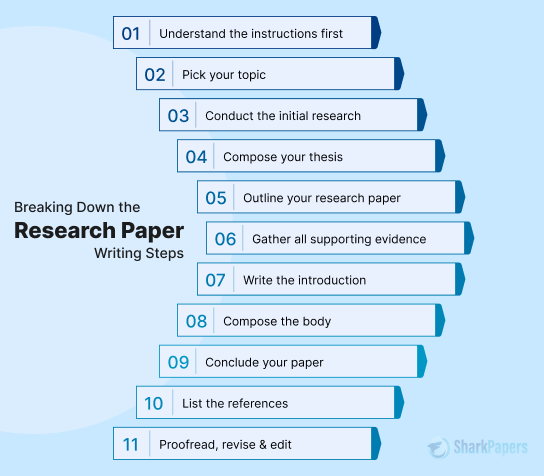





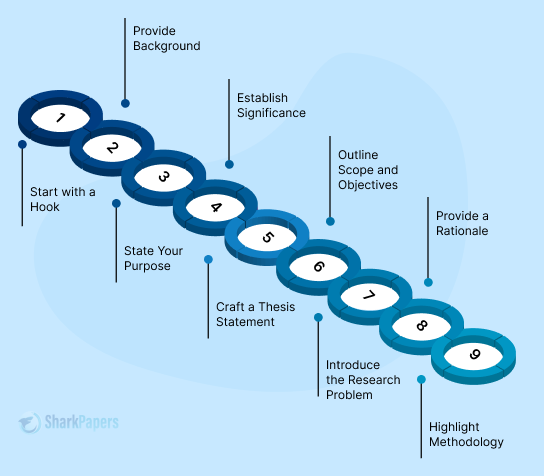


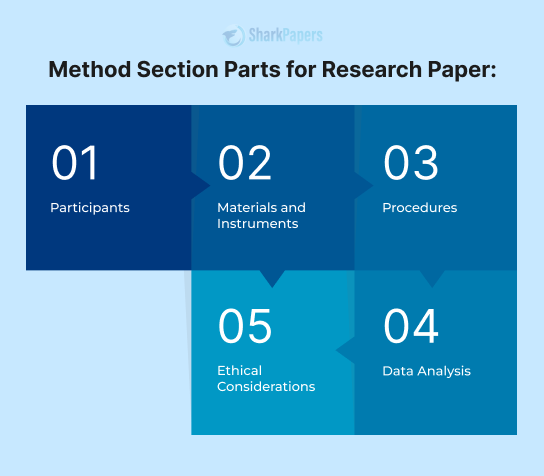


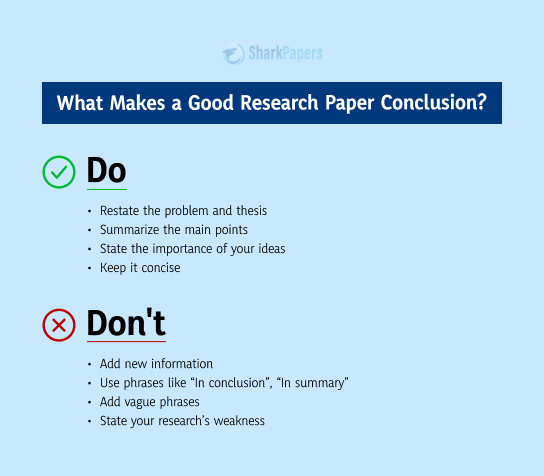
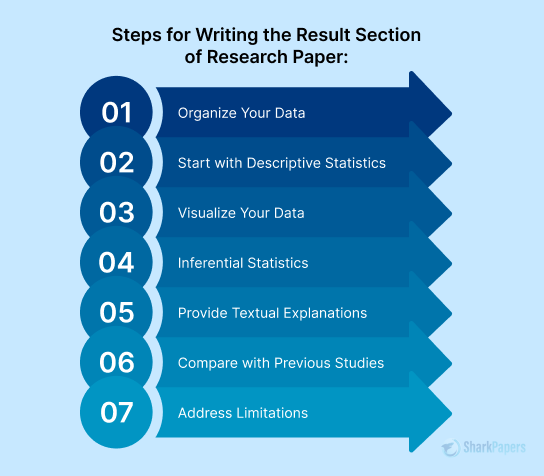
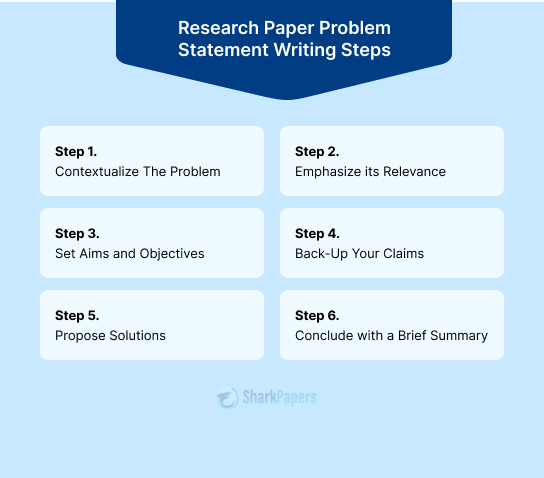
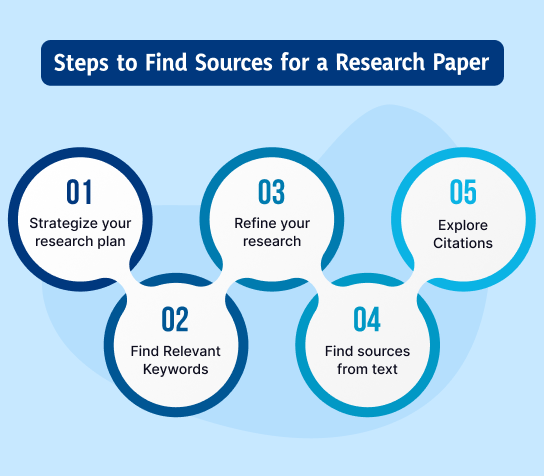
)
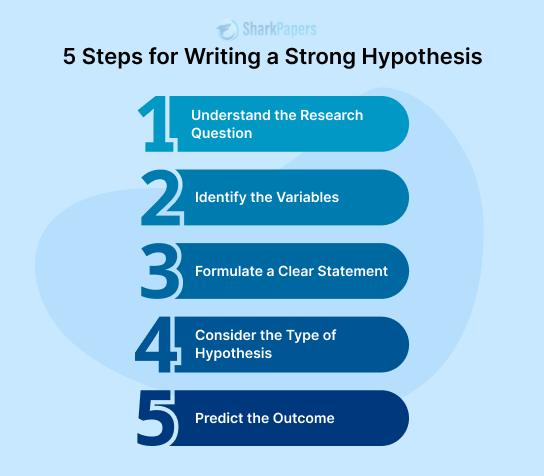


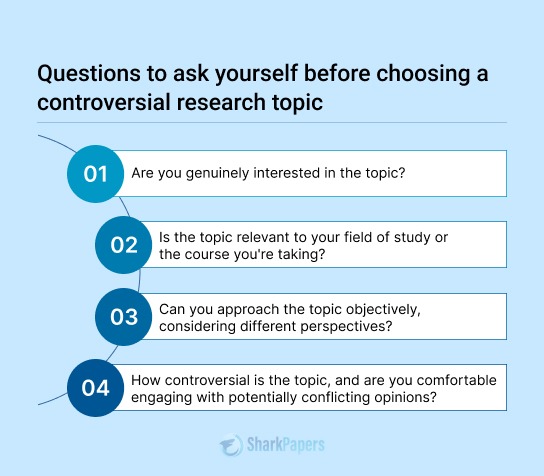
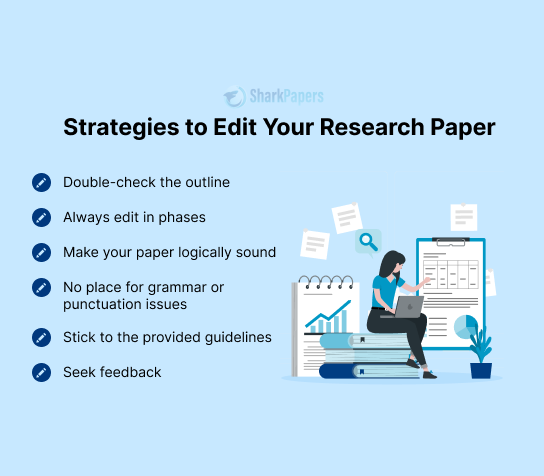
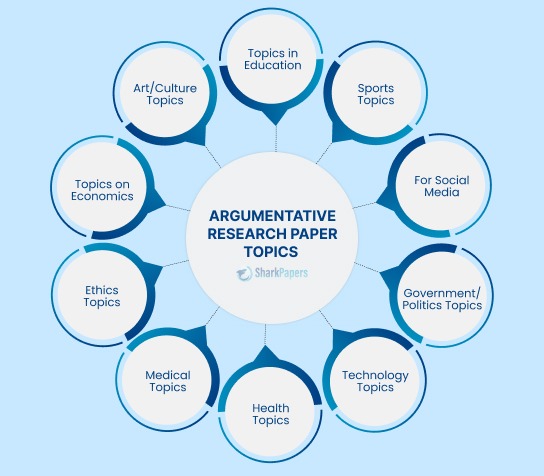

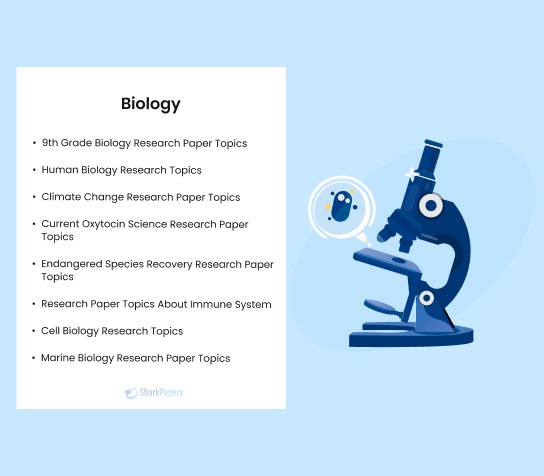

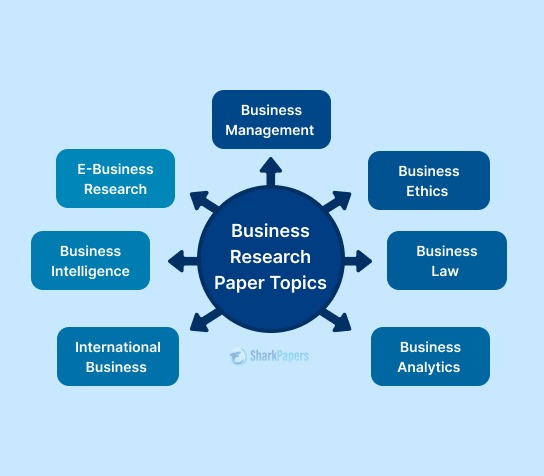
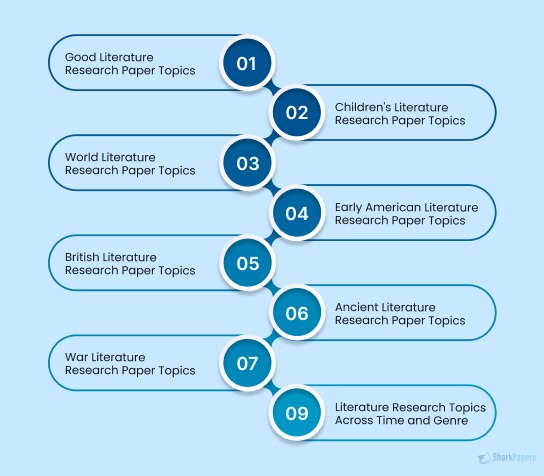
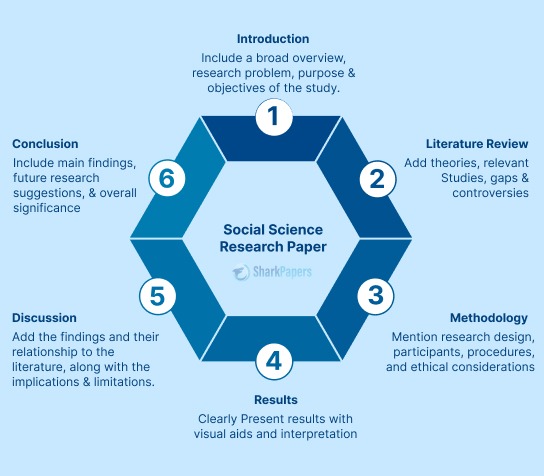
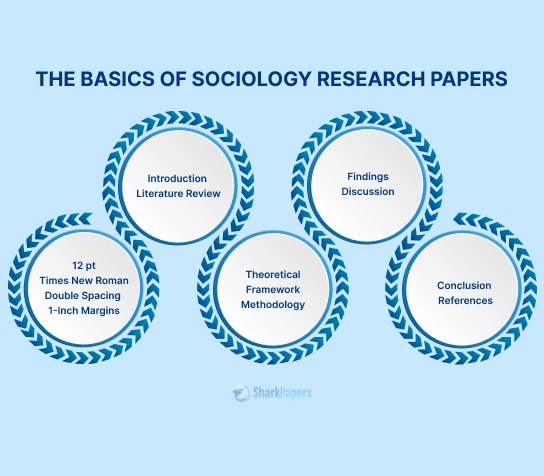
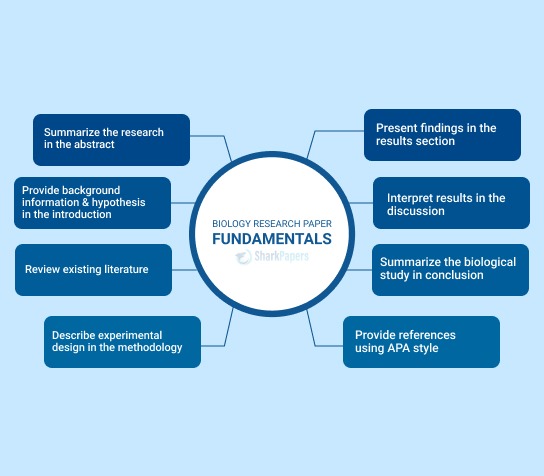
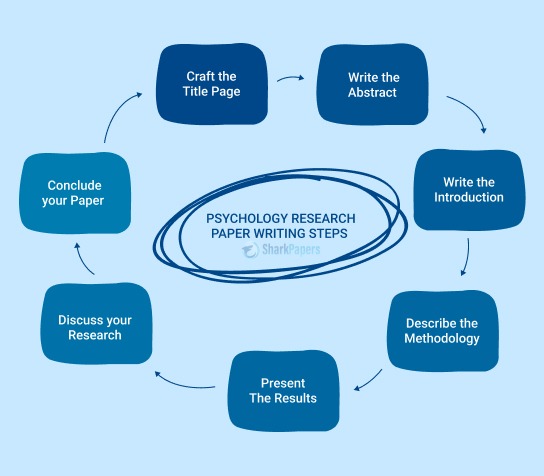
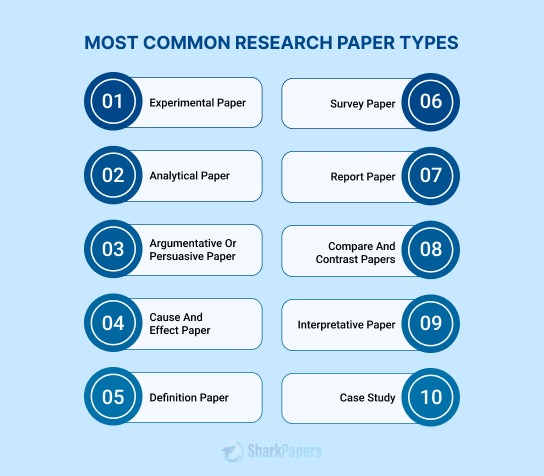

















-12114.jpg)














 Not seeing it? Check Promotions or Spam — inboxes get protective.
Not seeing it? Check Promotions or Spam — inboxes get protective.